The following video is from the TeleSAFE program in the United States of America. It was put together to support telehealth forensic nursing for their TeleSAFE program which has demonstrated a great deal of success in decreasing time to care for post-sexual assault patients.
This video will help you to understand what to expect in a consultation with a forensic nurse. Please be advised, that this is a US-based video and as such, the some of the healthcare context, language and processes will not be the same.
Ultimately, your forensic nurse examiner, the client and you will work as a team to ensure safe and effective client-centred care in your encounters.
The video can't be viewed inside this module, but you can click on the video to view it in VIMEO.



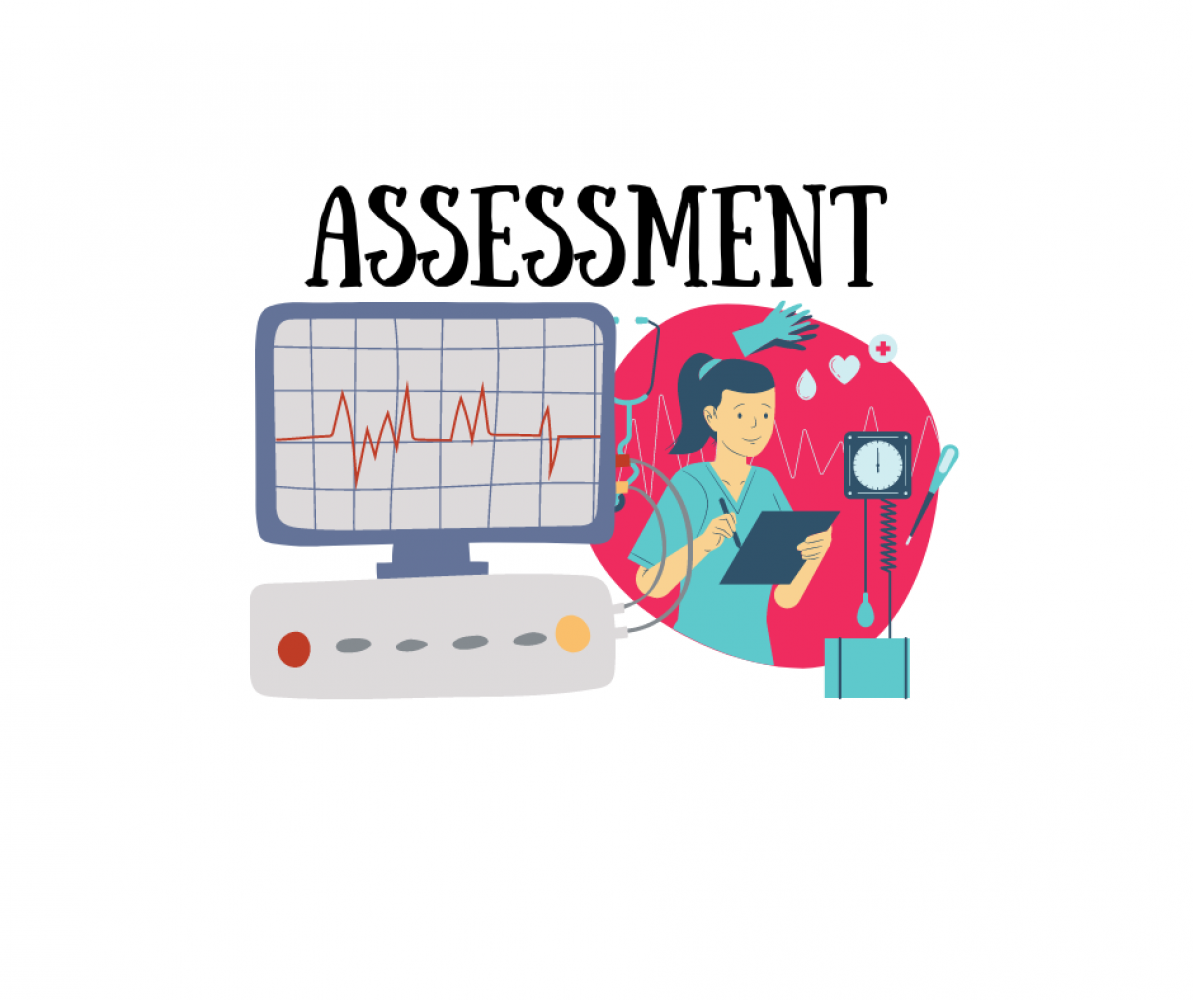

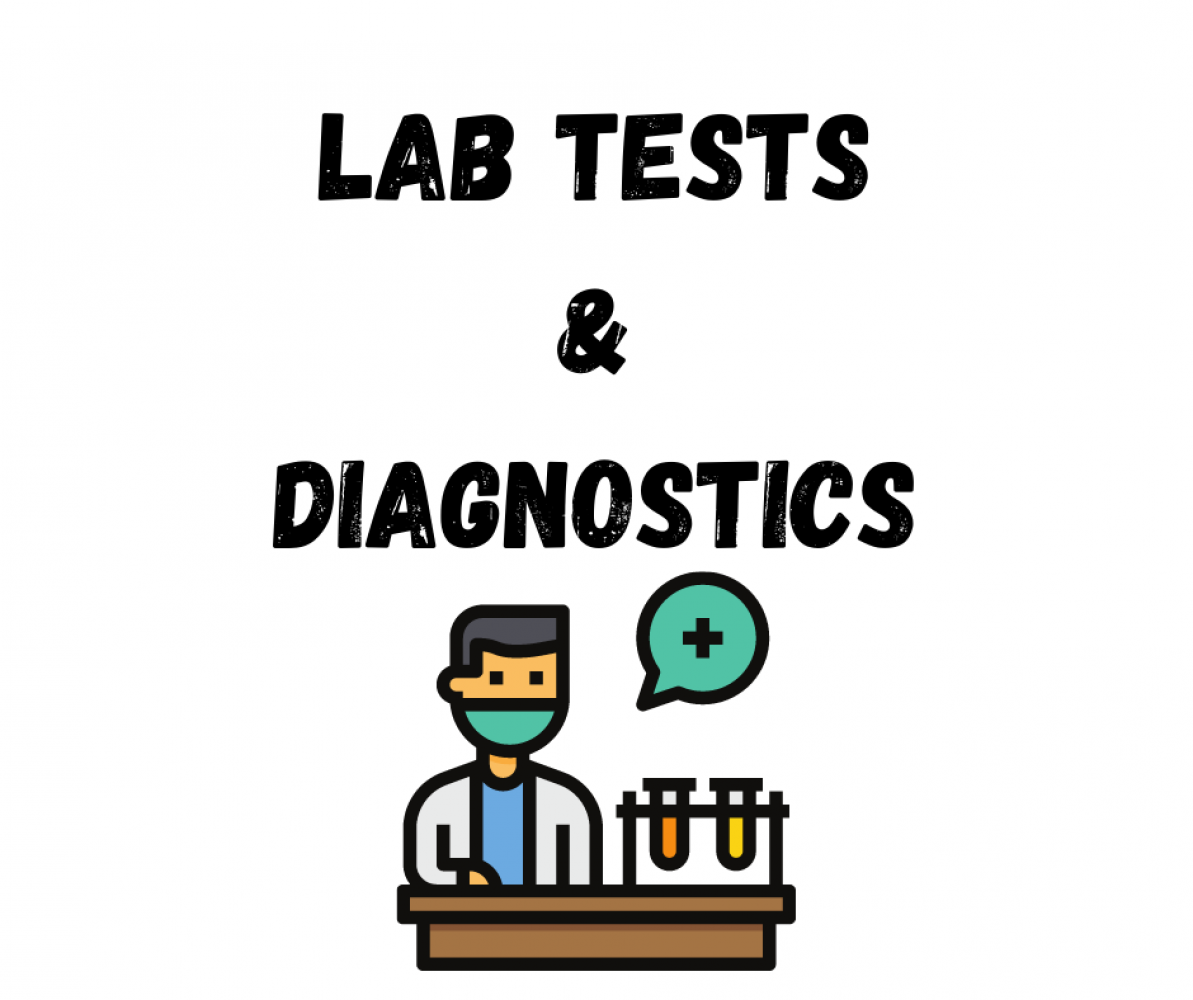
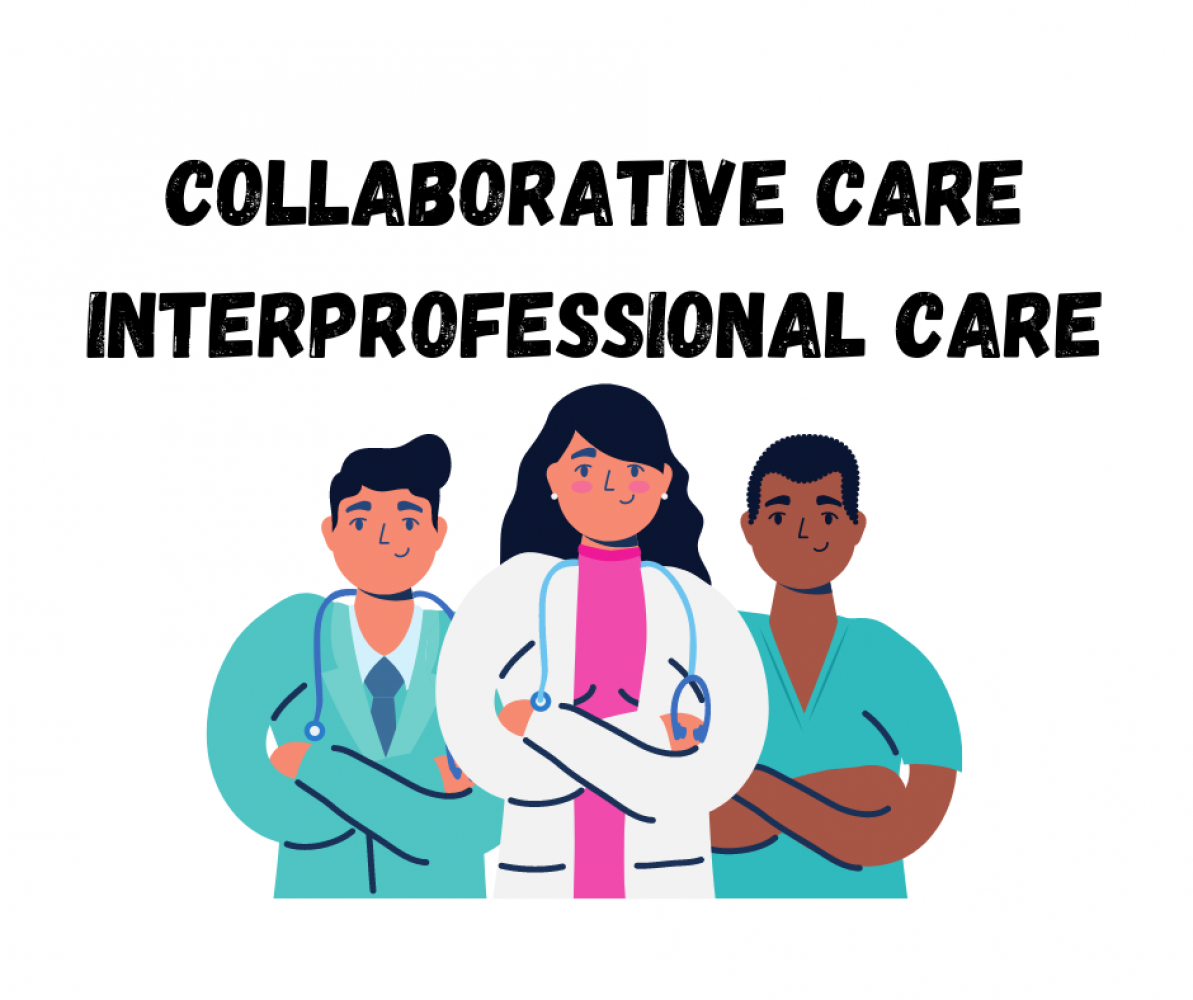
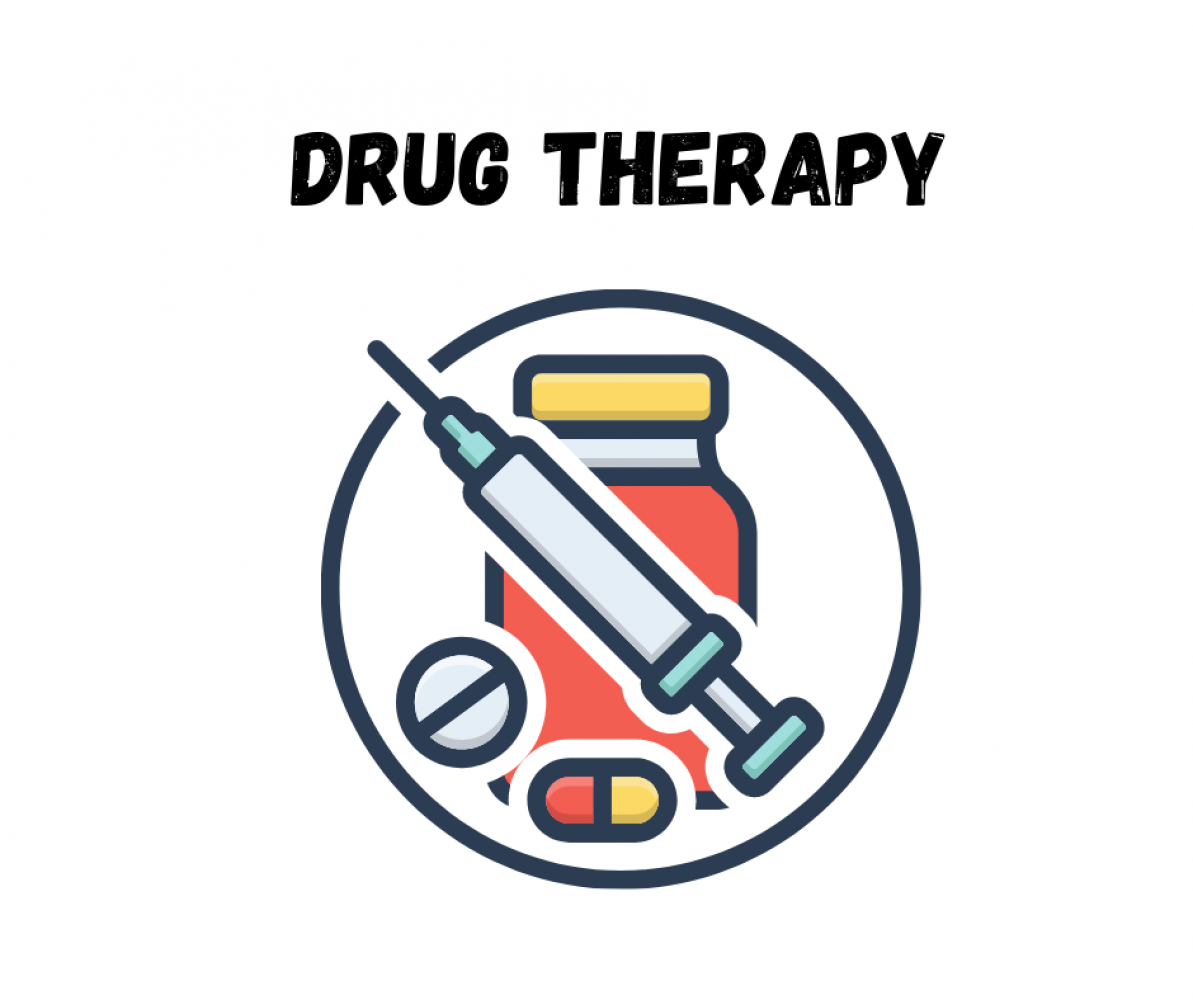
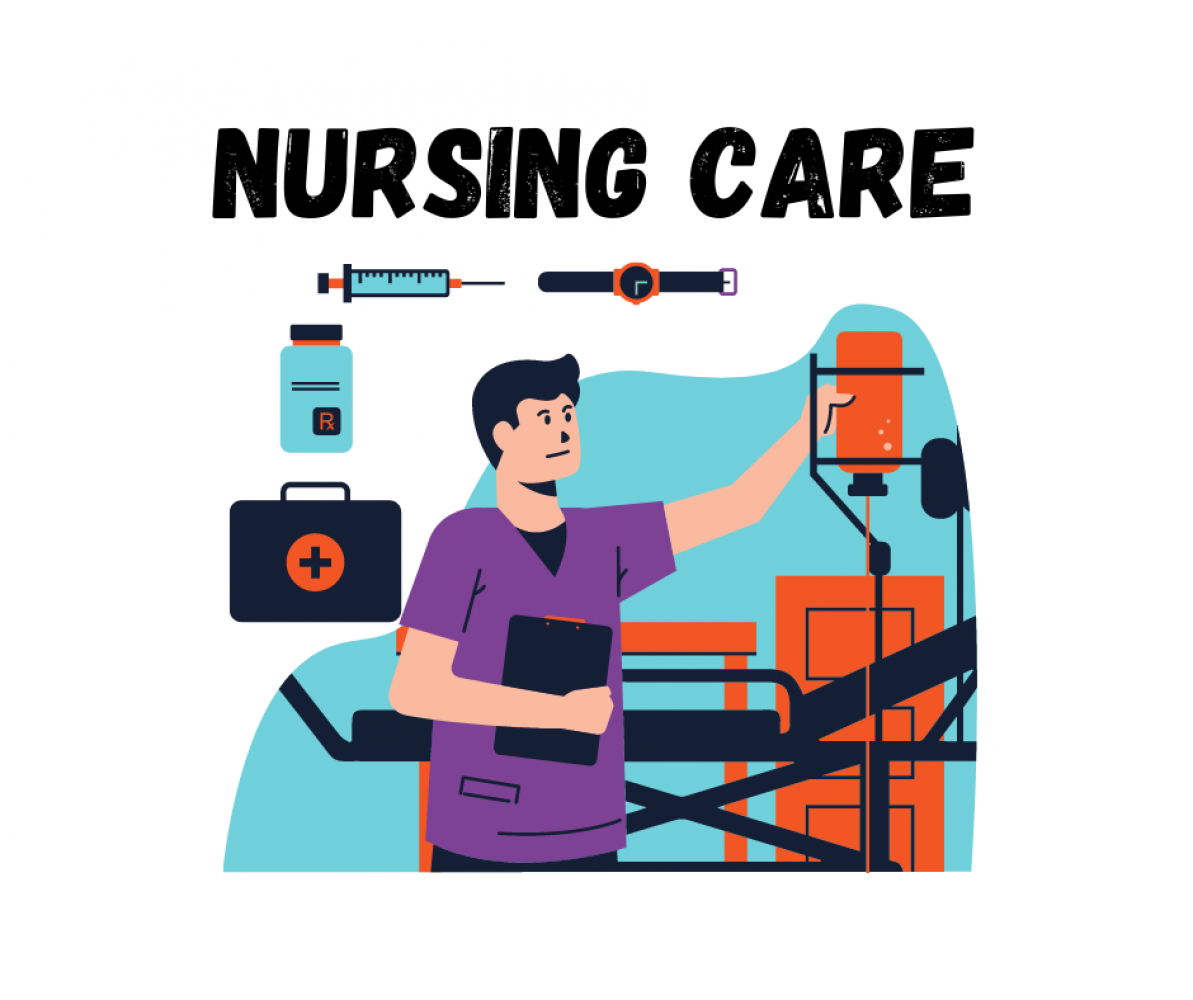
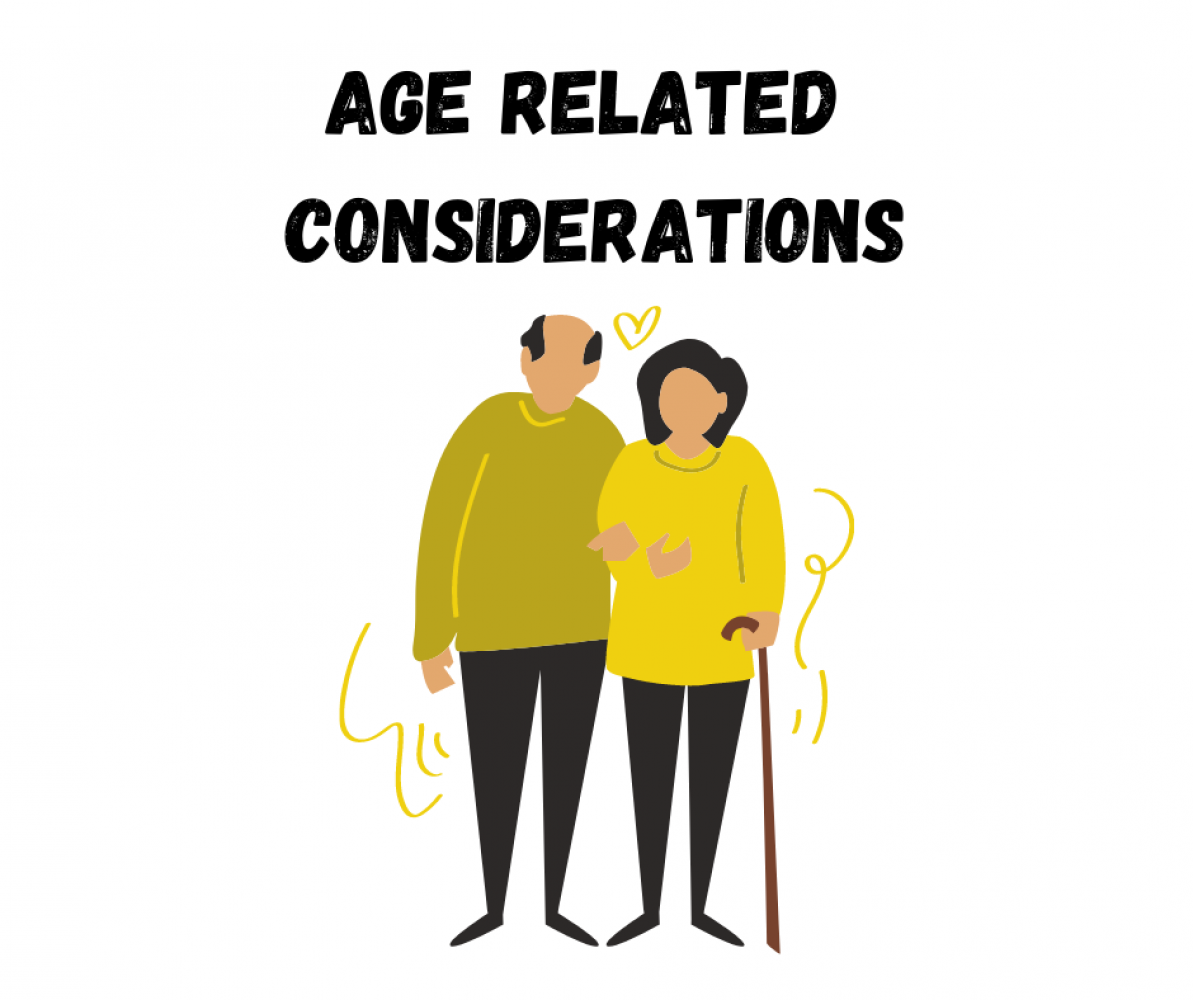

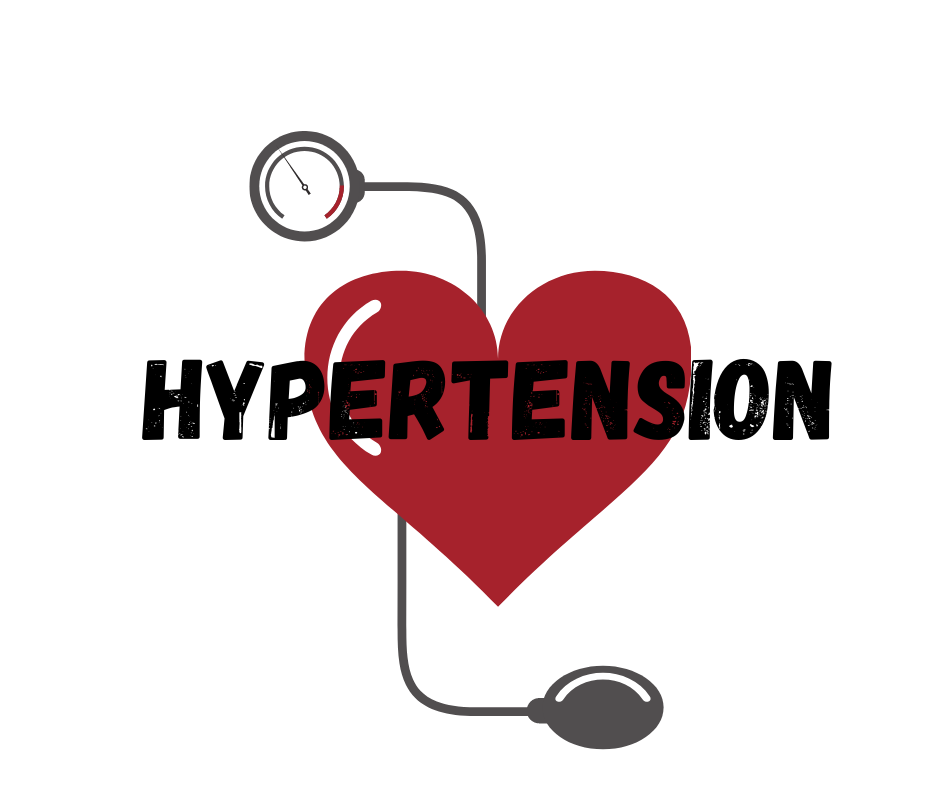



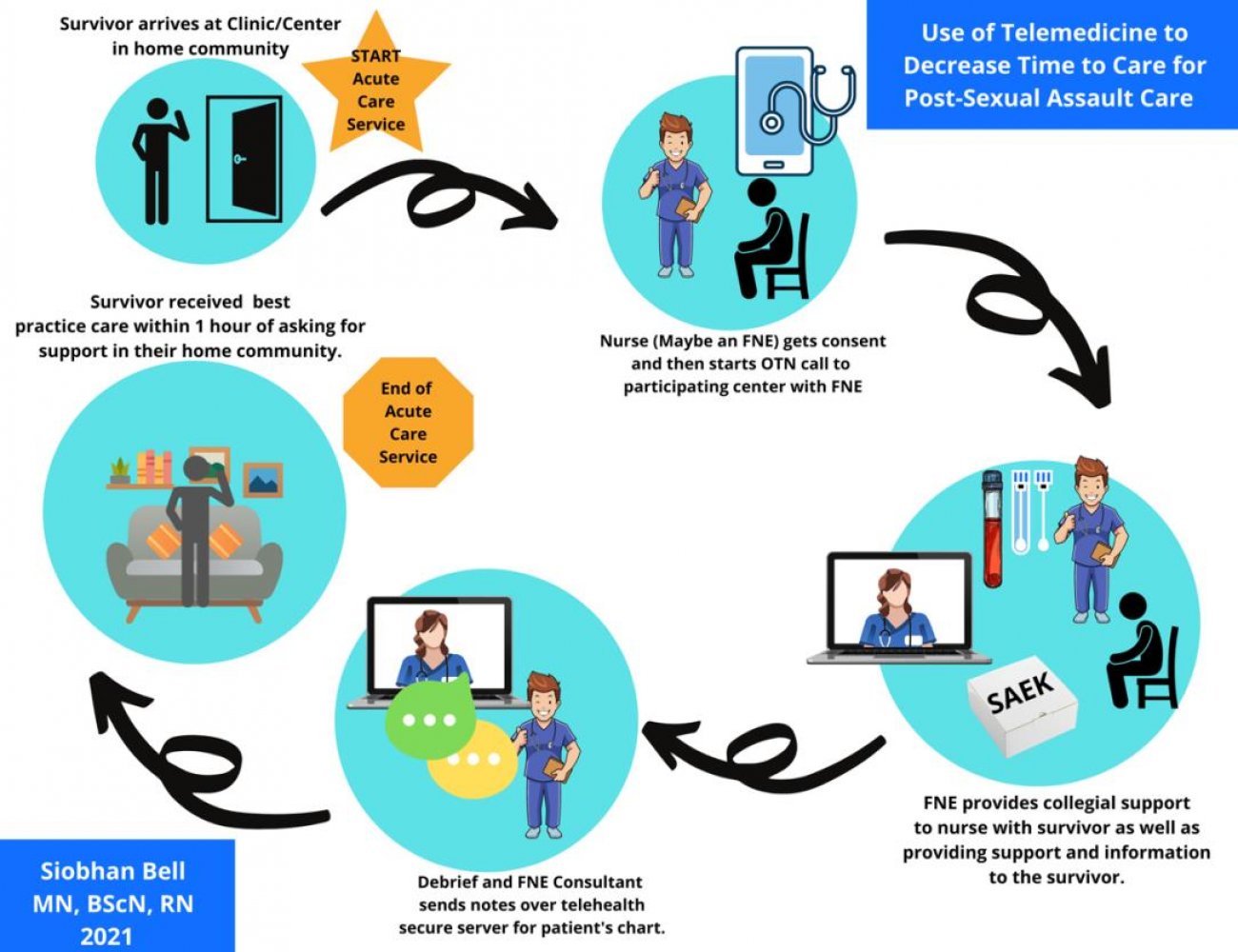



Comments
Be the first to comment!